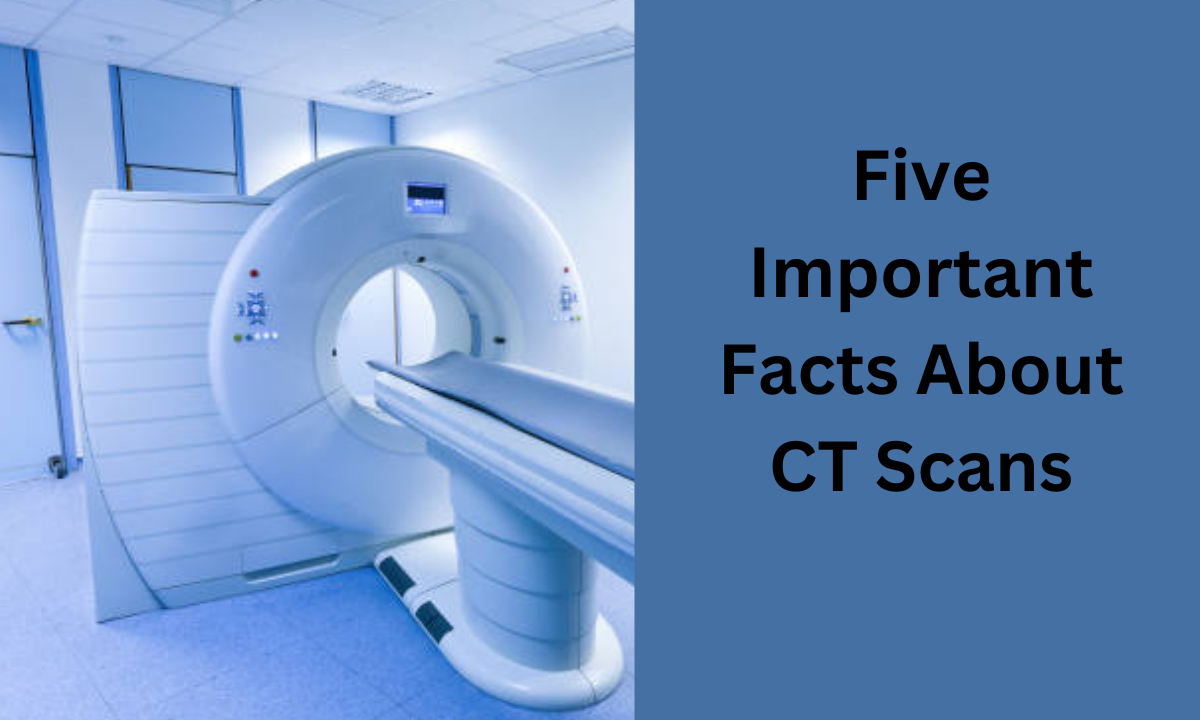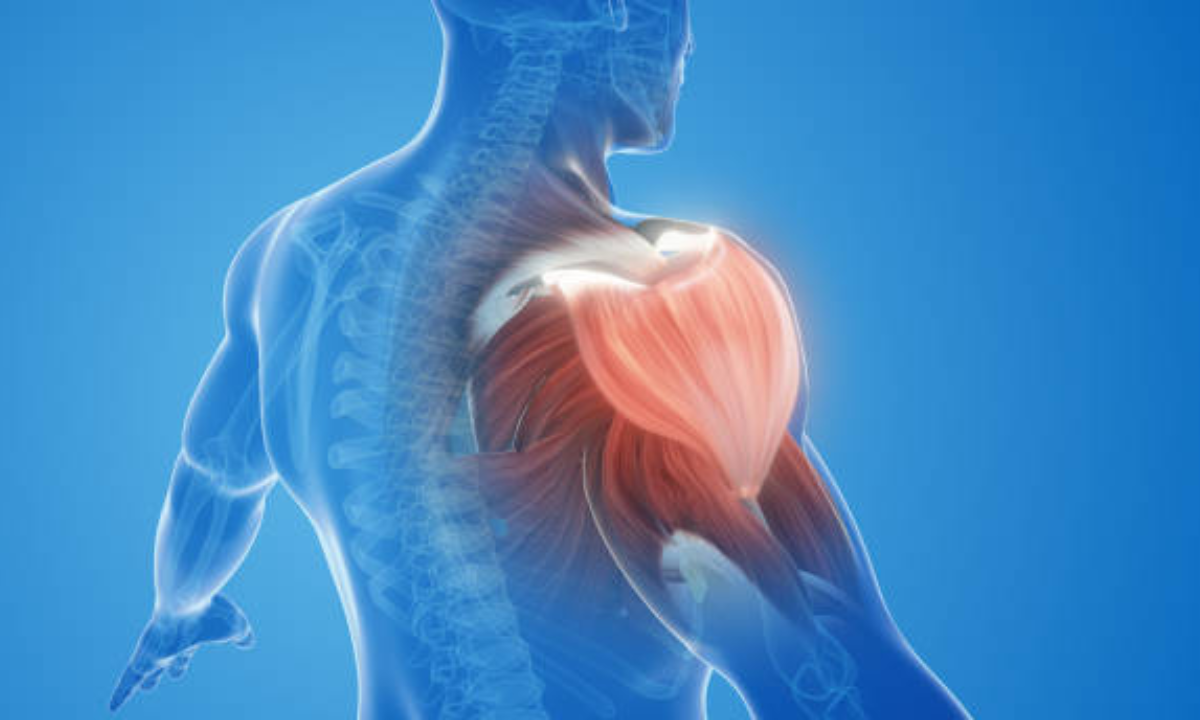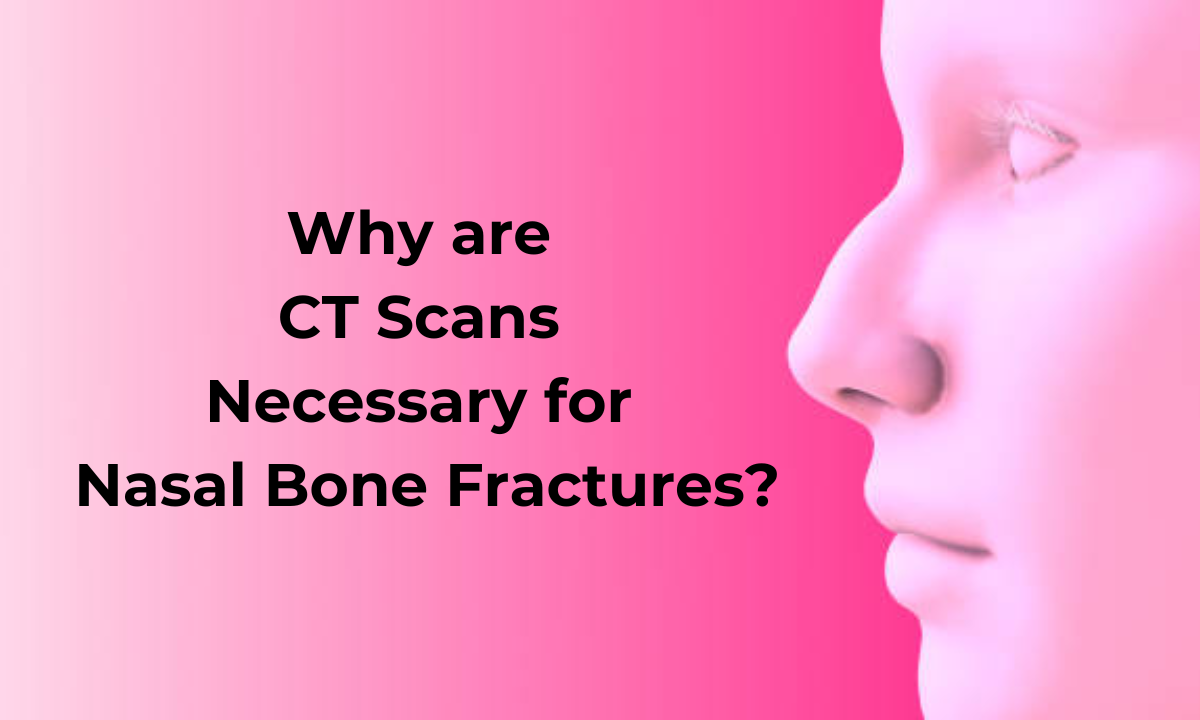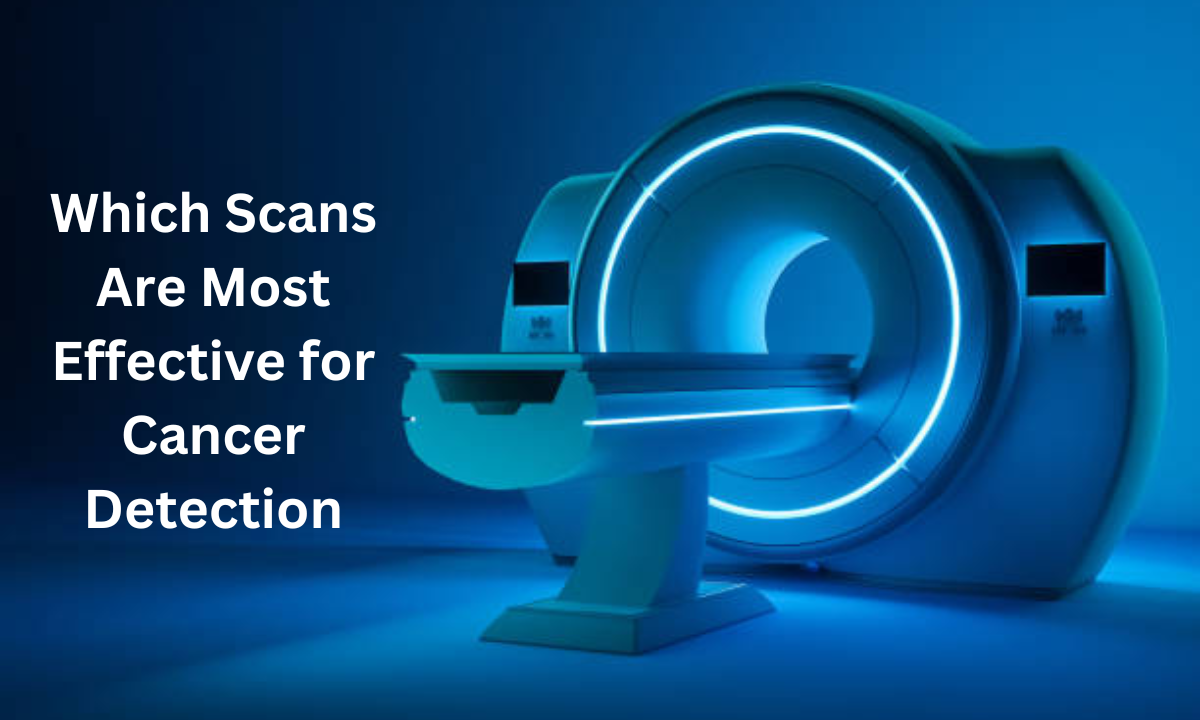Introduction:
Medical imaging has grown to be an essential tool for identifying and managing many illnesses, in the world of contemporary medicine. Depending on the unique symptoms and concerns addressed by the patients, medical professionals can perform the required type of scan. When your healthcare provider suggests a specific scan, being aware of these imaging procedures might make you feel more prepared and well-informed. Even though medical imaging is usually risk-free and safe, being prepared can give you confidence and peace of mind. In this comprehensive guide, we will explore the various types of scans, their applications, and what you should know before undergoing them.
1. Magnetic Resonance Imaging (MRI):
Magnetic resonance imaging, or MRI is one of the most popular and adaptable type of scanning in medical practise. This non-invasive method uses magnetic fields and radio waves to create precise photographs of internal parts of the body. Nerve damage, tumours, brain damage, stroke, and even the origins of migraines can all be accurately identified by MRI. MRI does not expose users to radiation, in contrast to other medical scanning techniques.
MRI has a wide range of uses, including common ones in joint analysis, spine imaging, and brain imaging. MRI can also diagnose appendicitis in pregnant women and abnormalities in the liver. It is essential to thoroughly and honestly answer the screening questionnaire before having an MRI. Notify the radiologist or technician whether you have any pacemakers, implants, or joint replacements. Additionally, tattoos should be mentioned as well because they may result in burns or skin irritation during the scan. The process can take any time from 10 minutes to an hour, and patients are frequently given earplugs to minimise the disturbance caused by the loud noises produced throughout the scan. There are a few potential minor adverse effects to be aware of, such as headaches or nausea.
2. X-Ray:
X-rays are one of the most well-known types of scanning. This method makes use of ionising radiation, which can pass through most materials, including the human body. X-rays are absorbed to differing degrees by different tissues in the body, allowing pictures to be created that show underlying structures.
Mammography frequently uses X-rays to identify and classify breast cancer. They are also extremely helpful in detecting diseases like pneumonia, certain cancers or abnormal masses, and bone fractures. X-rays are relatively rapid compared to other type of scanning tests, typically requiring 15 minutes or less. Additionally, X-rays often expose patients to less radiation than other type of scans. Despite their widespread usage and safety, pregnant women must notify their healthcare professionals before receiving an X-ray, since precautionary measures may be necessary.
3. Computerized Tomography (CT/CAT Scan):
A highly advanced imaging method called computerised tomography, sometimes known as a CT or CAT scan, combines many X-ray images taken at various angles to produce finely detailed cross-sectional “slices” of bones, blood arteries, and soft tissues. Compared to typical X-rays, CT/CAT scans offer much-improved resolution and can be used to evaluate and assess any part of the body.
CT/CAT scans are often used in the emergency department to assess headaches, trauma, and ailments including fractured ribs. They are regarded as the workhorse of radiology. They also play a crucial role in lung cancer screening. Despite the fact that the technique is usually painless and noninvasive, certain CT/CAT scans may involve the introduction of contrast dye to improve clarity and accuracy. It is significant to highlight that CT/CAT scans expose people to radiation, and the long-term implications should be taken into account. Patients who have medical devices implanted may be subjected to a CT/CAT scan since they are incompatible with MRIs. The procedure usually takes 30 minutes to complete.
4. Ultrasound:
High-frequency sound waves are used in ultrasound to provide detailed and reliable images of the internal structures of the body. In this non-invasive type of scanning, the target region of interest is applied with a water-based gel before a transducer is used to move over it. Images are created using the reflections of the sound waves that the transducer sends into the body. Although ultrasonography is most frequently used for confirming pregnancies, it is also very useful for identifying diseases that affect various organs and soft tissues.
As ultrasound technology has developed, the quality of images has improved, making ultrasound a more popular choice for medical imaging. Ultrasounds can assess the thyroid gland, identify breast cancer, and direct operations like biopsies. Patients may be told to fast or drink a certain quantity of water to make sure their bladders are full before having an ultrasound. The treatment is often painless and doesn’t call for any drugs or anaesthesia. An ultrasound might last anything from 30 minutes to an hour.
Conclusion:
Medical imaging is a crucial tool in contemporary medicine, helping with the precise diagnosis and management of a number of medical disorders. Patients’ experiences can be made less stressful by being aware of the many types of scans that are available, their uses, and what to anticipate throughout the procedures. Before having medical imaging, it is essential to be upfront with your healthcare professional about any concerns. Medical imaging has limited risks involved, but the advantages it offers in diagnosing and treating medical disorders outweigh any potential concerns by a wide margin. Using medical imaging to its full potential is a proactive step towards ensuring your health and getting the finest care available.
Contact Kiran PET-CT Scan Centre today for further information regarding these medical scanning techniques or to schedule an appointment.






